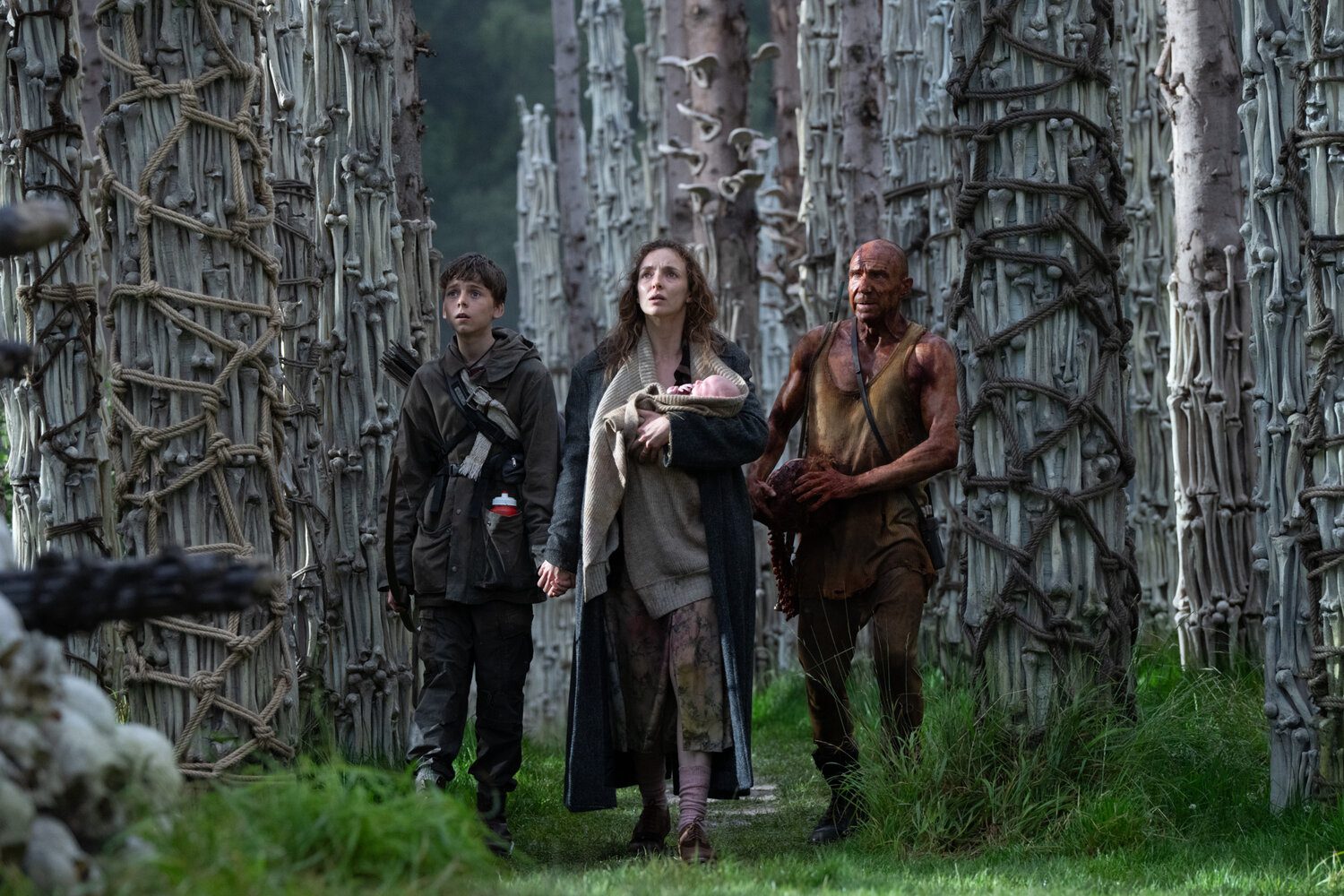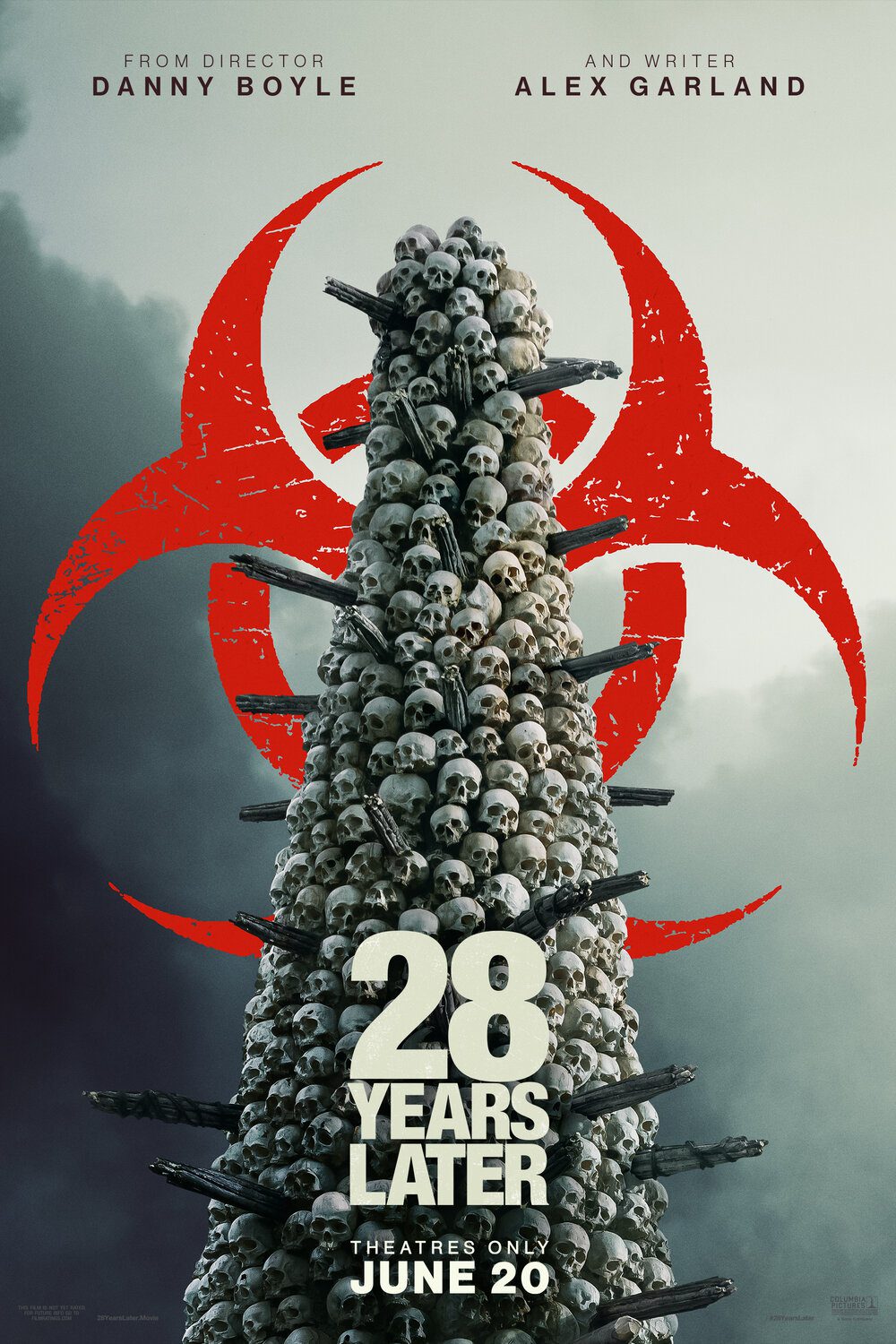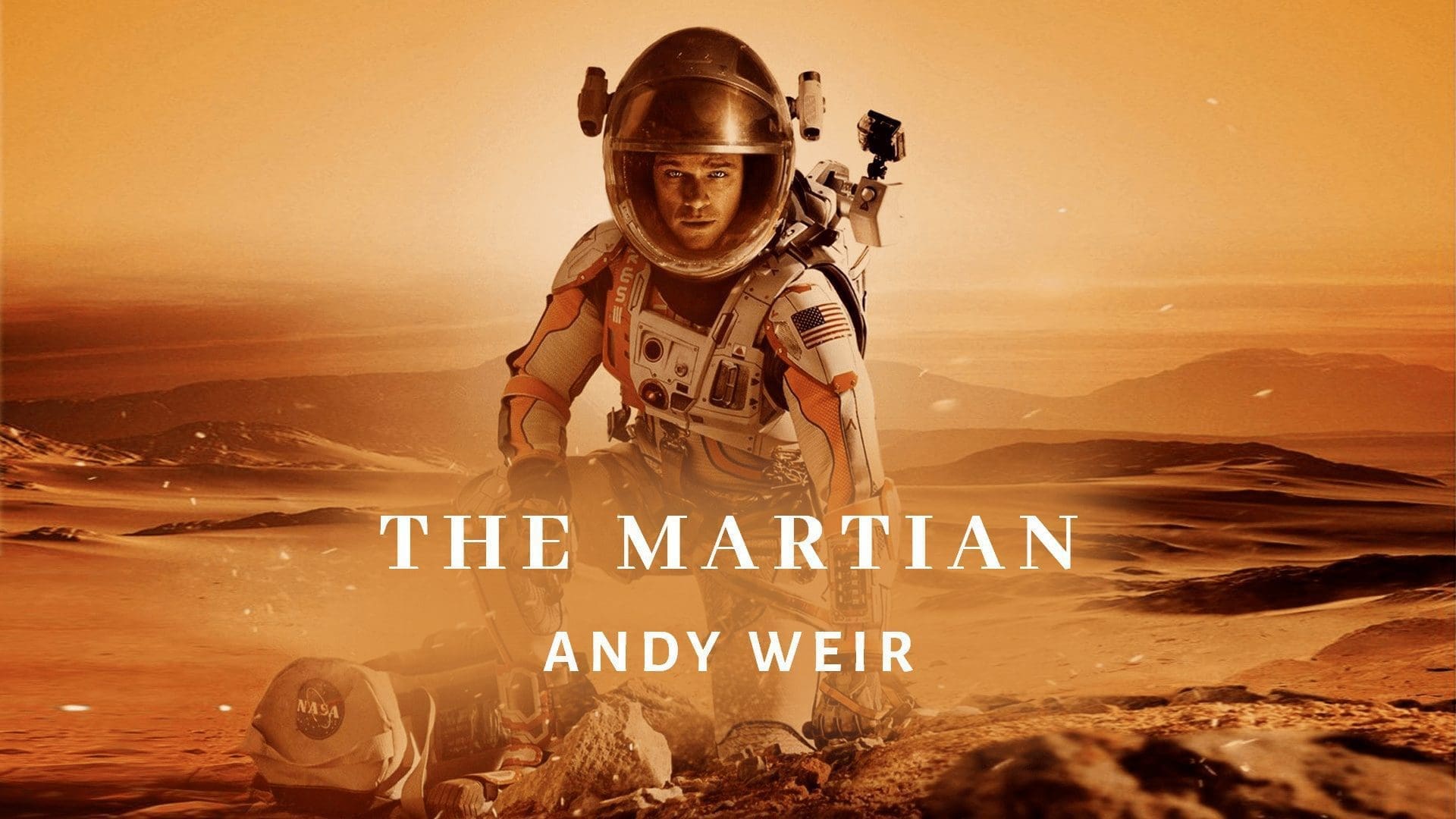
Introduction: A Riveting Return to the Rage-Infected Universe
Danny Boyle’s 28 Years Later arrives as a striking, emotionally complex evolution in a series celebrated for redefining the zombie genre. Nearly three decades after the rage virus first devastated humanity in 2002’s groundbreaking 28 Days Later, Boyle returns to craft a thrilling and poignant continuation.
Set within a ruthlessly quarantined dystopia, 28 Years Later brilliantly explores survival, humanity, and familial bonds amidst apocalyptic chaos.
Table of Contents
Story: Hope and Despair Intertwine in a Brutal Dystopia
The story unfolds around a small community surviving on an isolated island, connected tenuously to the mainland via a heavily fortified causeway. When young Spike (Alfie Williams) risks everything to find medical help for his ailing mother, Isla (Jodie Comer), he embarks on a perilous journey into the infected heartland.
What he encounters are not just mutated horrors, but deeply disturbing revelations about the evolution of the rage virus and how even the infected have adapted to this new world. Screenwriter Alex Garland delivers a narrative both epic in scope and intimate in its emotional stakes, vividly dramatizing Spike’s desperation and bravery.

Characters: Deeply Human Amidst Inhuman Circumstances
Aaron Taylor-Johnson gives a captivating performance as Jamie, a man haunted by the harsh realities of his environment but driven by loyalty and resilience. Comer is equally compelling, portraying Isla’s quiet strength and vulnerability with nuanced sensitivity.
Alfie Williams is exceptional as Spike, whose coming-of-age arc anchors the narrative emotionally. Ralph Fiennes, as the enigmatic Dr. Kelson, brings gravitas, presenting a morally ambiguous figure whose complexity enriches the film’s exploration of humanity and morality amid catastrophe.
Direction: Boyle’s Kinetic Vision and Emotional Mastery
Danny Boyle once again demonstrates his mastery over the genre, balancing frantic intensity with atmospheric tension. His distinctive kinetic camerawork immerses audiences directly into the chaotic and dangerous world, maintaining an unrelenting pace that intensifies the narrative’s urgency.
Boyle adeptly blends visceral horror elements with moments of reflective stillness, crafting a richly textured cinematic experience that highlights his remarkable ability to handle both the physical and emotional complexities of his story.
Technical Details: Smartphone Cinematography Revolutionizes Zombie Genre
One of the most innovative aspects of 28 Years Later is its technical execution, primarily filmed using an iPhone 15 Pro Max. This creative choice not only elevates the gritty realism of the cinematography but also represents a milestone in smartphone filmmaking.
The visuals, stark and unsettling, bring an immediacy that traditional camera setups might not achieve. The minimalist yet impactful score complements the film’s atmosphere, heightening tension and underscoring quieter, introspective moments effectively.

Themes and Symbolism: Rage and Reflection in a Post-Pandemic World
28 Years Later resonates deeply as a stark commentary on contemporary society, especially reflecting post-pandemic anxieties and cultural tensions. The film boldly portrays subcultures that have perversely embraced rage and isolationism, illuminating uncomfortable truths about humanity’s tendencies toward tribalism and violence.
Garland’s screenplay intelligently juxtaposes the horrors of infection with the psychological horrors bred from isolation and despair, making the narrative deeply reflective of today’s societal anxieties.
Final Thoughts: A Worthy, Ambitious Continuation
Though occasionally ambitious to the point of tonal imbalance, 28 Years Later is a genuinely epic and poetic entry in the horror genre. Its final act delivers a surprising yet thrilling conclusion, promising intriguing potential for future sequels.
Boyle and Garland have crafted not just another survival horror film but an emotionally resonant, symbolically rich thriller that engages with timely socio-political themes. It demands attention not only from horror fans but from those who appreciate cinema’s power to reflect and critique real-world anxieties.
About “28 Years Later”
Synopsis: A group of survivors of the rage virus live on a small island. When one of the group leaves the island on a mission into the mainland, he discovers secrets, wonders, and horrors that have mutated not only the infected but other survivors.
Director: Danny Boyle
Writer: Alex Garland
Cast: Aaron Taylor-Johnson (Jamie), Jodie Comer (Isla), Alfie Williams (Spike), Ralph Fiennes (Dr. Kelson)
Rated: R
Runtime: 1h 55m
Releases: June 20, 2025

he/him • aapi • intj • geek • photographer • journalist • podcaster • martial artist • foodie • dj • cinephile • gamer • traveler





























